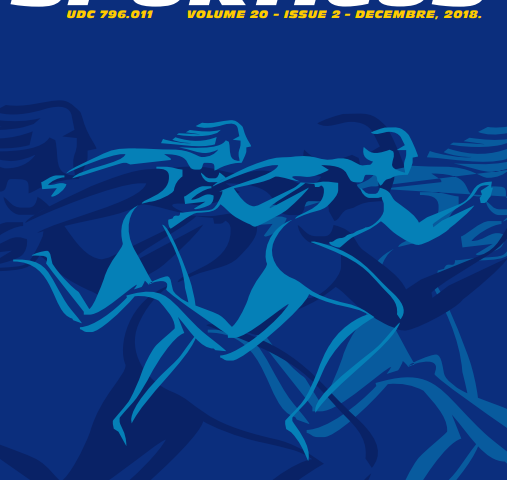Abstract
This paper reports the relationship between the difficulty index and the discrimination index of one-best answer type multiple-choice questions (MCQ’s) in a functional anatomy paper for the students of year I of an undergraduate faculty programme of Faculty of sport and physical education. We included in this study the MCQ paper from the 1. partial examination of academic session 2009/2010. There were 104 students who sat for the 1. partial examination in session 2009/2010. This examination covered anatomy of skeletal, articular and muscular systems. There was a wide distribution of item difficulty indices in all the MCQ papers analysed. Mean difficulty index was 50,84 ± 17,30 with range 21,4 – 85,7 and mean discrimination index was 0,40 ± 0,21 with range -0,07 – 0,71. On average, 13,3 % of the MCQ items in functional anatomy paper were “very easy” (difficulty index > 70), while 13,3 were“very difficult” (difficulty index < 30). About 75 % of these very easy/difficult items had “very poor” or even negative discrimination. Our finding indicate that 73,4 % of studied MCQ’s have recommended difficulty index and 76,7 % of questions have good or excellent discrimination index. 26,6 % of analyzed questions are too easy or too difficult and 13,3 % of questions have poor discrimination.


